Biophilic Home Design: Enhancing Well-Being Through Nature
Biophilic Home Design: Enhancing Well-Being Through Nature
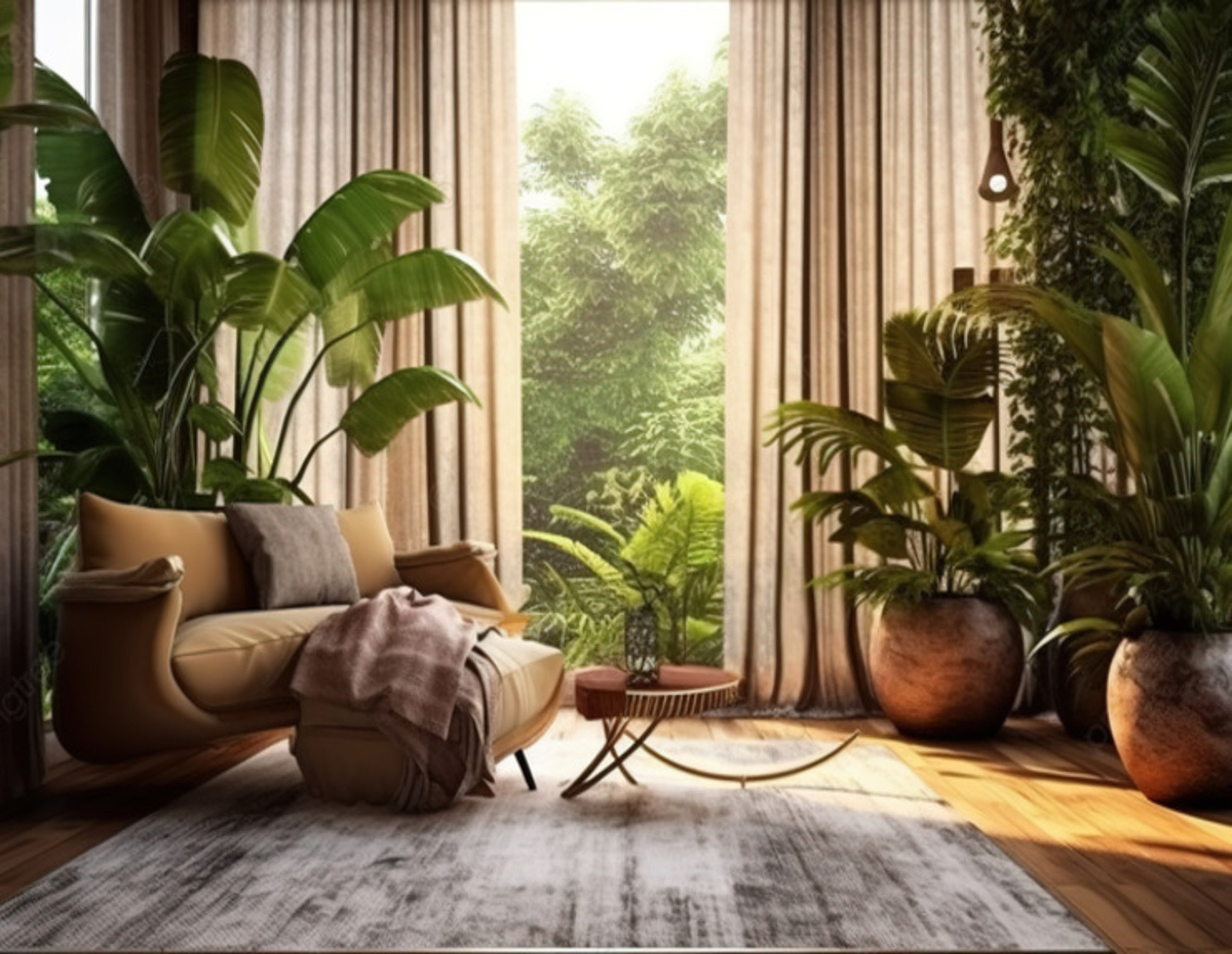
Our connection to nature is intrinsic, yet modern living often pulls us away from it.
Biophilic home design bridges this gap by incorporating natural elements into our living spaces, creating environments that nurture the mind, body, and soul.
With a focus on integrating greenery, natural materials, and organic patterns, biophilic design enhances well-being, fosters creativity, and reduces stress.

What Is Biophilic Home Design?
Biophilic design is more than adding a few houseplants—it’s about creating a home that mirrors the rhythms and elements of the natural world.
This design philosophy emphasizes natural light, ventilation, greenery, and natural textures, fostering a deeper connection with the outdoors while inside. Research shows that biophilic environments can reduce anxiety, improve focus, and enhance overall happiness.
By incorporating these principles, your home can become a sanctuary that supports your mental and physical health.
Key Principles of Biophilic Design
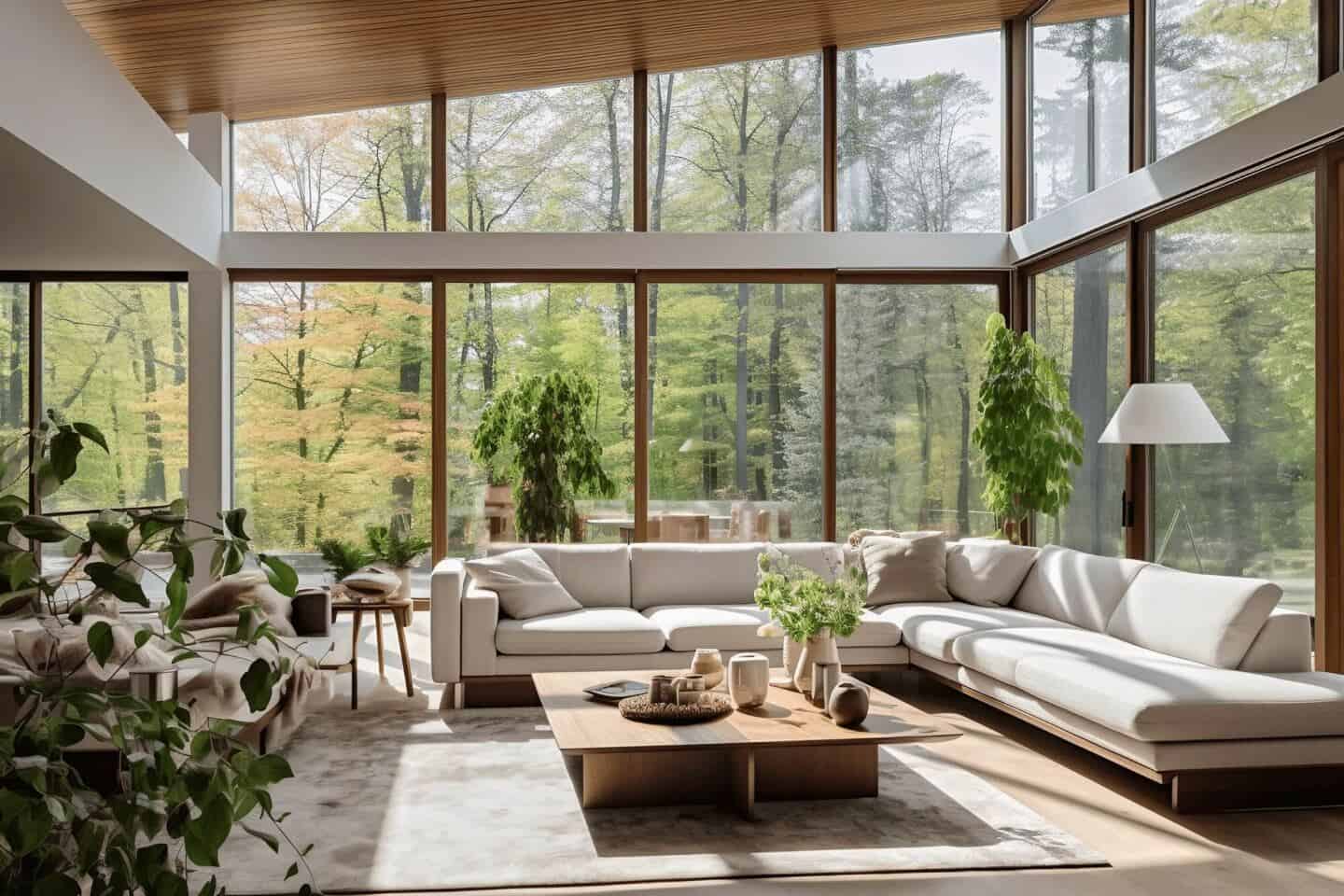
Maximise Natural Light
Allowing sunlight to flood your home is one of the simplest ways to embrace biophilic design.
Use sheer curtains, skylights, or large windows to let in more daylight, which boosts mood and regulates circadian rhythms.
Mirrors strategically placed can amplify natural light, brightening darker corners.
Add Greenery
Houseplants are the cornerstone of biophilic design.
From lush ferns to resilient succulents, plants improve air quality and create a calming ambiance.
Group plants of varying heights and textures for visual interest, or consider a vertical garden if space is limited.
Opt for native plants where possible to support local biodiversity.
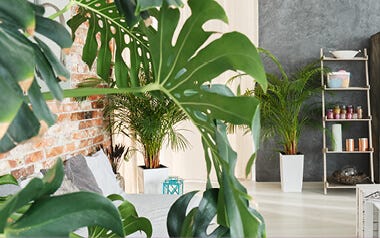
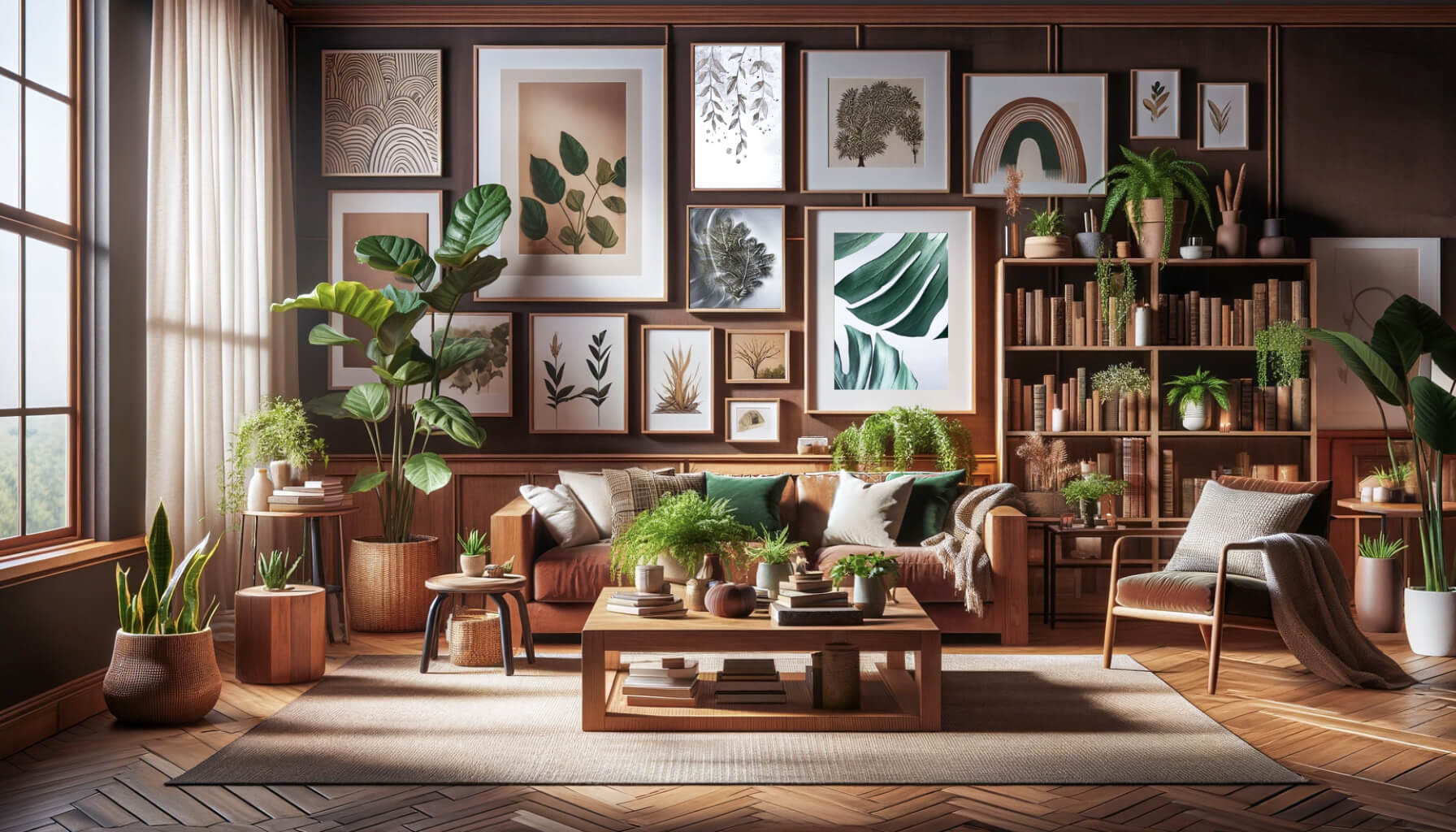
Incorporate Natural Materials
Furnishings and decor made from wood, stone, bamboo, and wool evoke a sense of being outdoors.
Choose pieces with natural finishes and textures to add warmth and authenticity to your space.
Even small touches, like rattan baskets or a wooden lamp base, can make a big impact.
Use Nature Inspired Colours
Earthy tones such as greens, browns, and blues mimic the natural landscape and promote relaxation.
Soft, muted hues create a tranquil atmosphere, while vibrant, nature-inspired accents can energize a room.
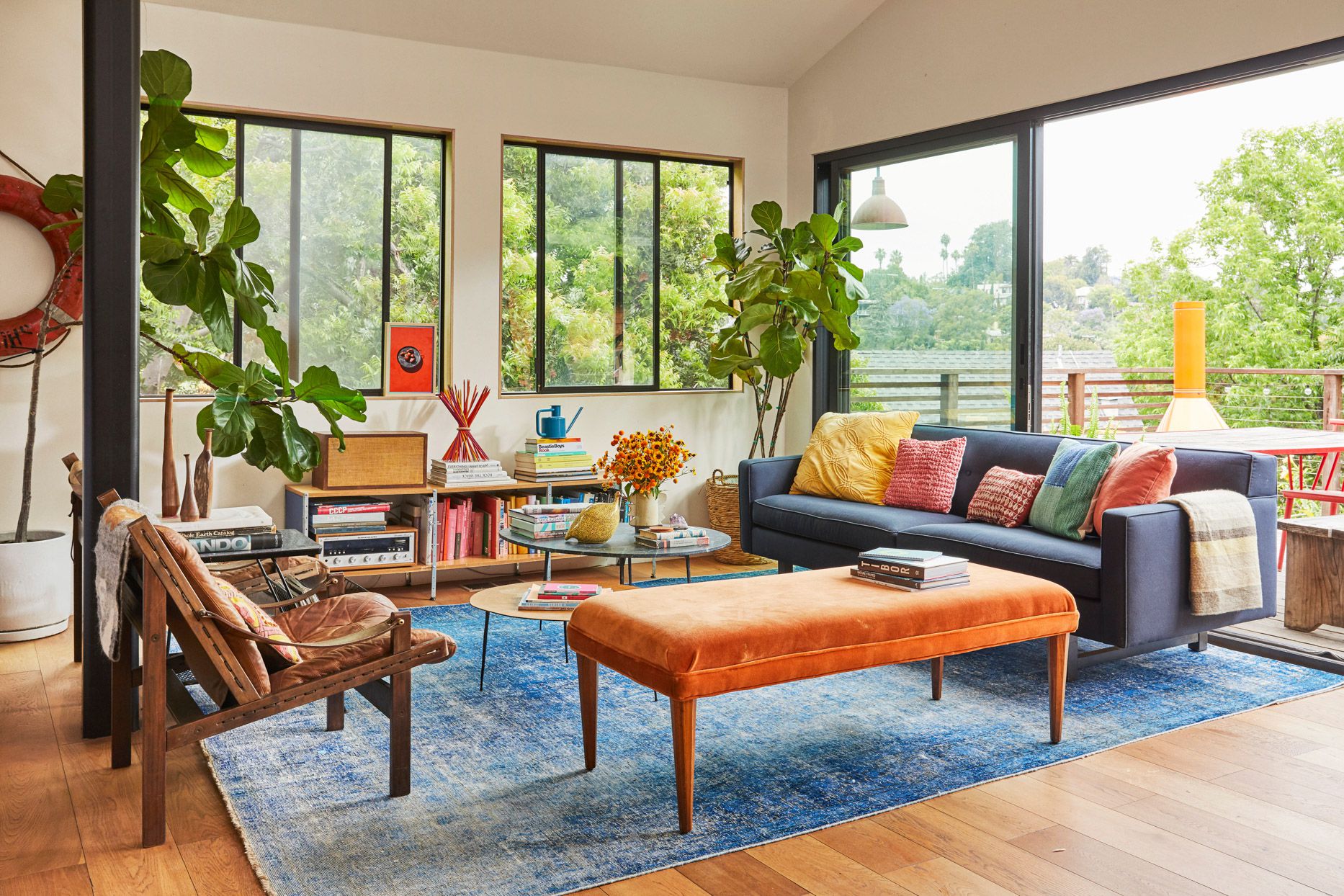
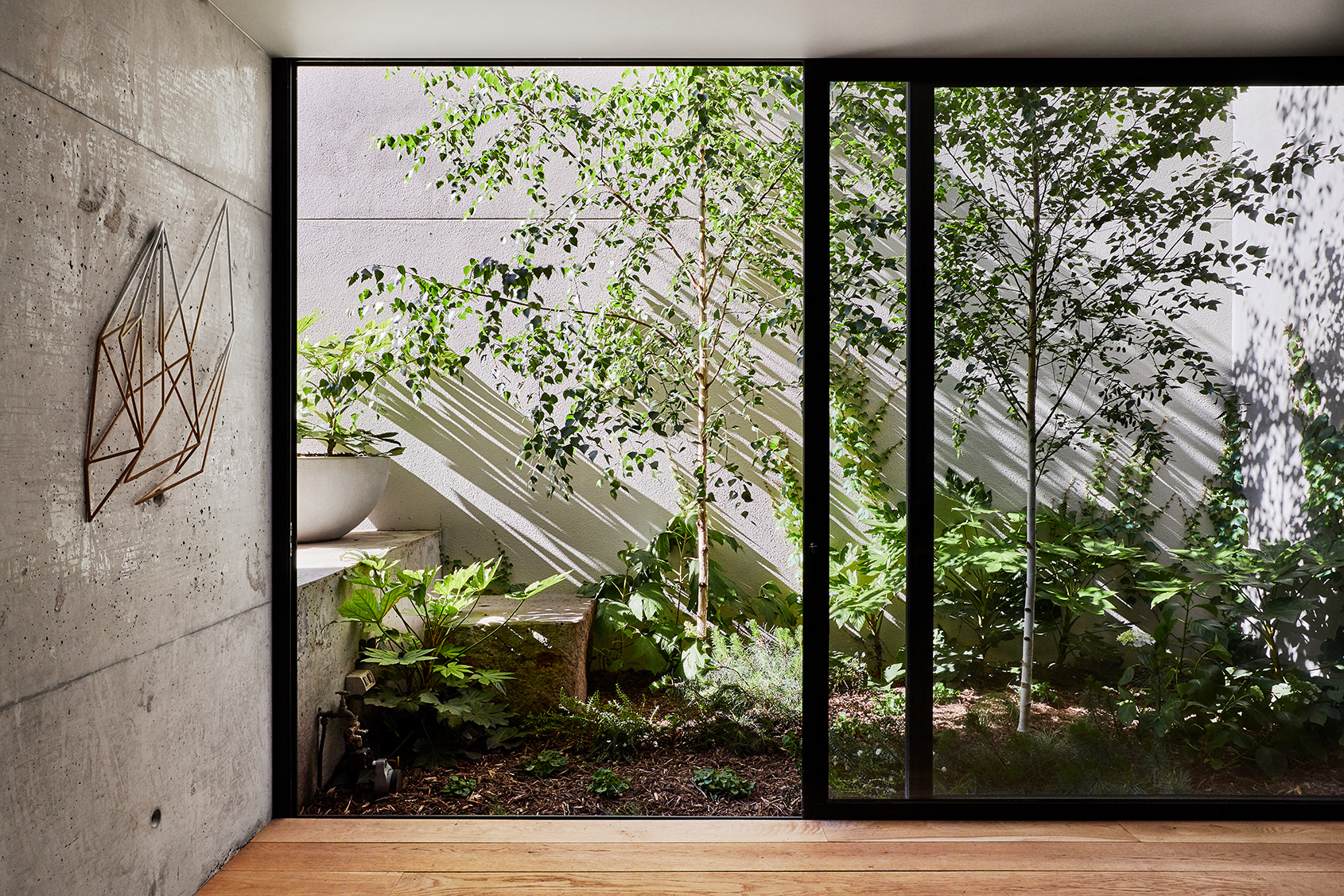
Foster Indoor-Outdoor Flow
Blur the boundaries between inside and out by creating seamless transitions.
Install sliding glass doors, open a window seat to your garden, or add a deck that feels like an extension of your living space.
Incorporate Water Elements
Water has a soothing effect on the mind and body.
Introduce small water features like tabletop fountains, aquariums, or even digital screens displaying calming water scenes to evoke a sense of serenity.
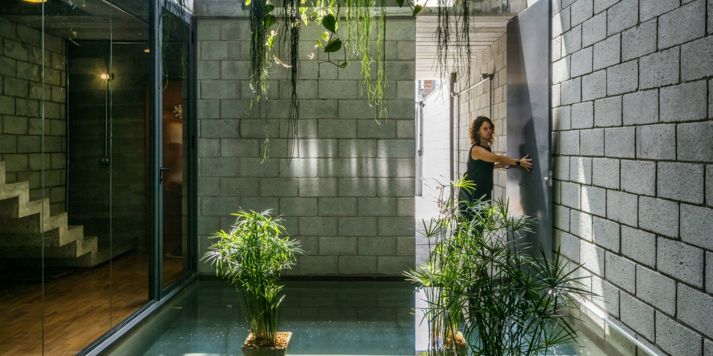

Create Multi-Sensory Experiences
Biophilic design isn’t just visual—it’s about engaging all the senses.
Use soft, natural textiles, play recordings of gentle nature sounds, or light candles with botanical scents like eucalyptus or lavender to fully immerse yourself in the experience.
Integrate Organic Shapes & Patterns
Avoid sharp, angular designs in favor of curves and organic forms inspired by nature, such as spirals, waves, or honeycombs.
This can extend to furniture, decor, or even wallpaper featuring botanical prints.
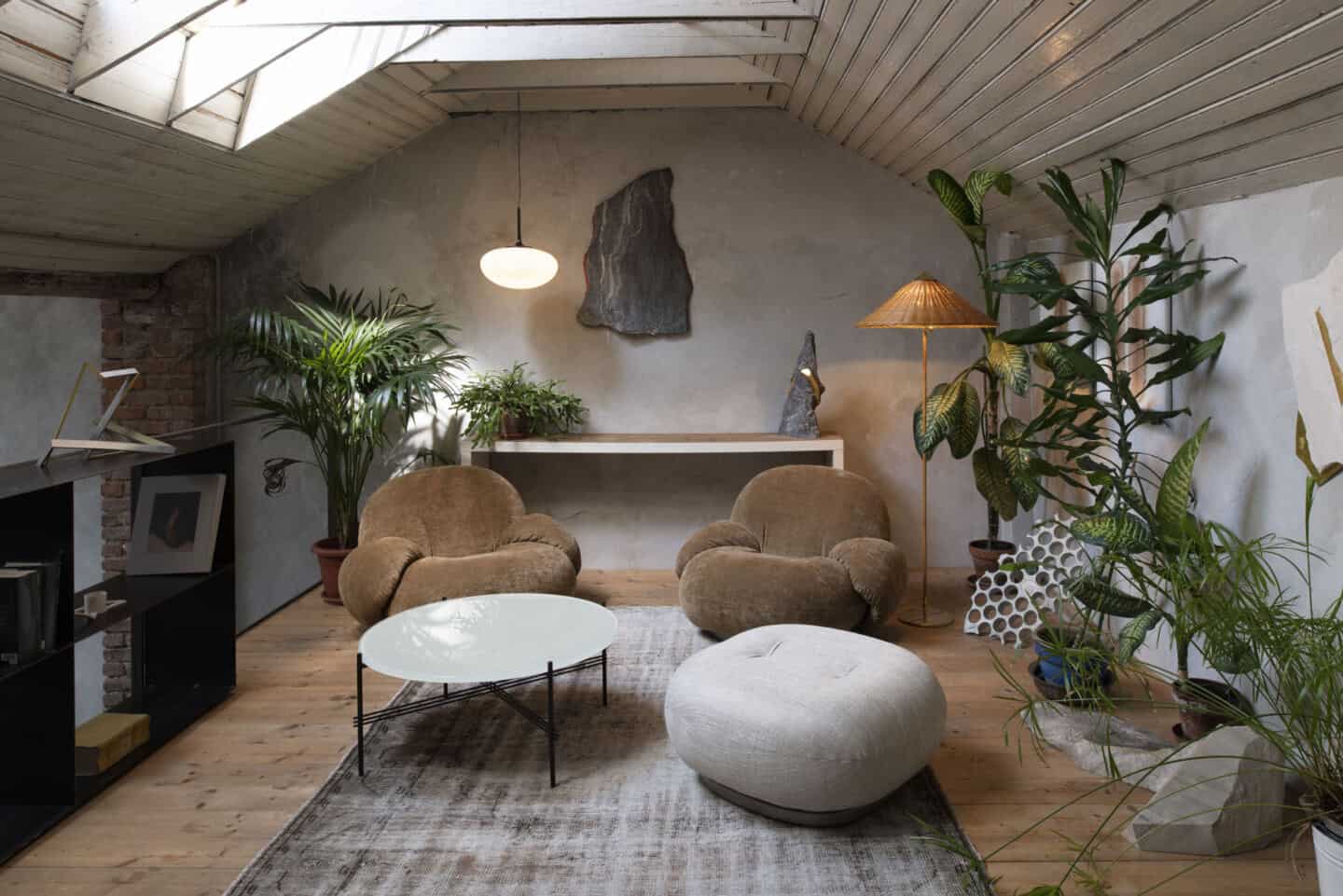
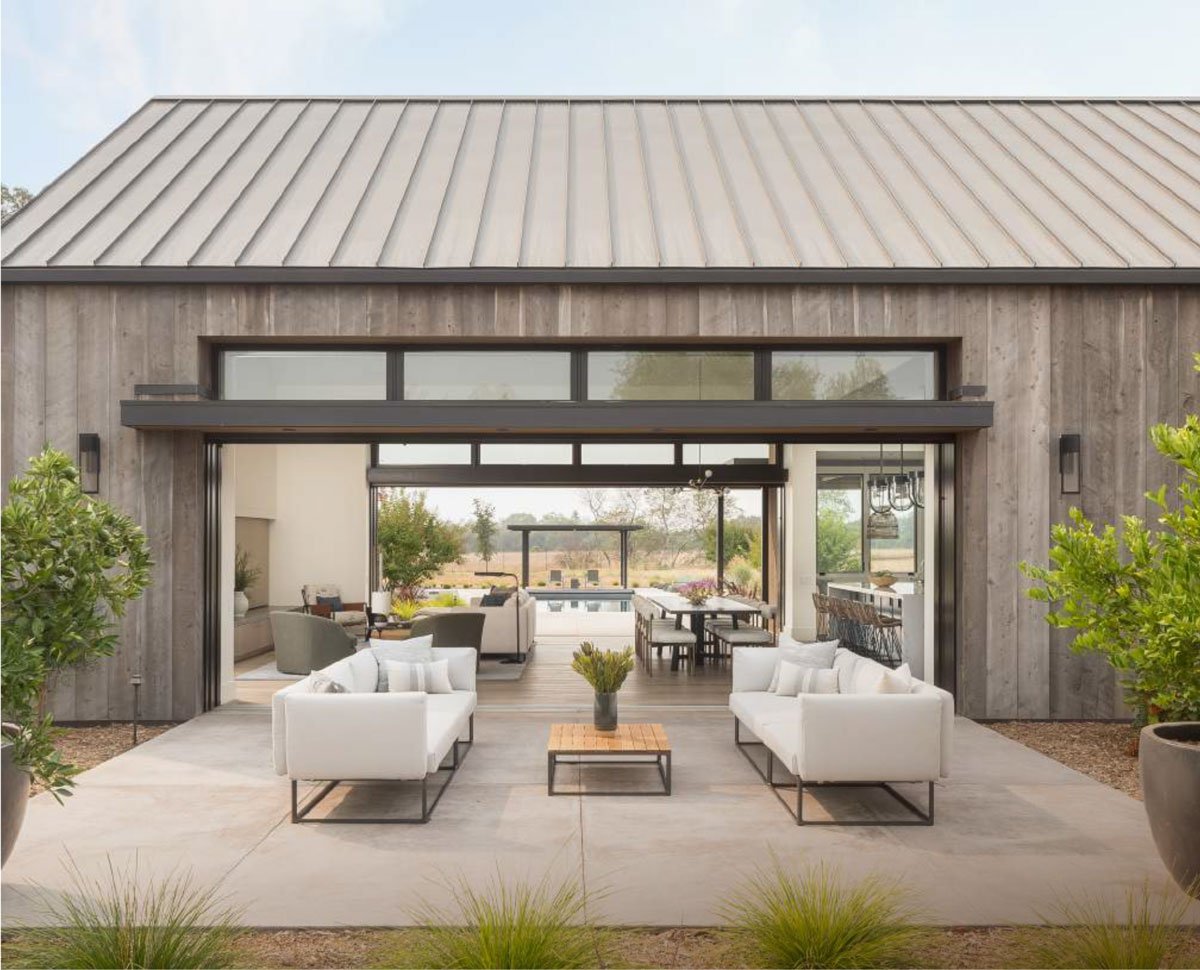
Build a Connection to Views
If possible, position seating areas to face windows or outdoor scenery.
Research shows that having views of nature—even if it’s just a tree outside—can significantly lower stress and enhance productivity.
Encourage Well Being Rituals
Design spaces that support wellness activities, like a cozy reading nook surrounded by plants or a yoga area with natural light.
These dedicated spaces can help foster a sense of calm and mindfulness.
